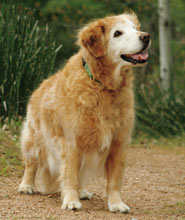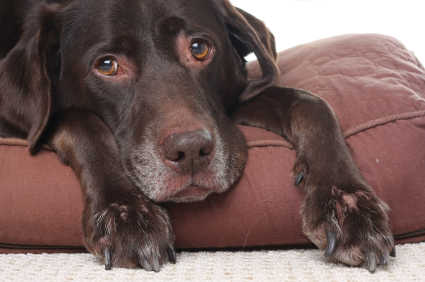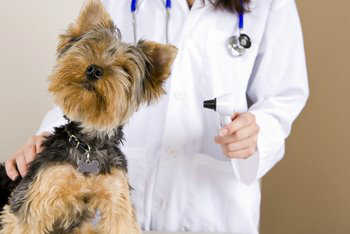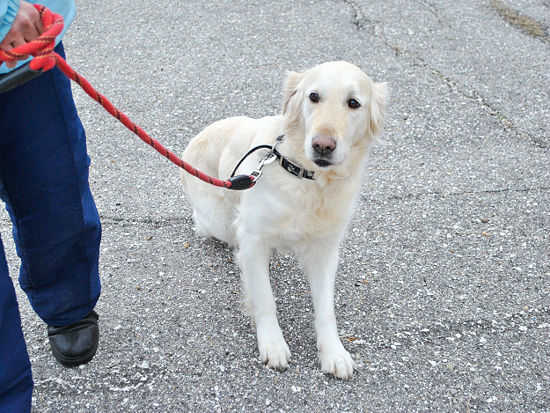Category: Uncategorized
-
Brain Food For Your Dog
•
Did you know that your pets diet can influence behaviour? Have you ever eatan a big meal, and then felt lazy? Then you have idea of how what we eat can affect our behaviour. The same applies to dogs. In face, scientists now believe its possible to change the neurological…
-

Why Do Dogs Eat Grass?
•
Your guy is clearly, not a cow. You might be worried that he is sick,hungry or bored. Will eating grass hurt him? Rest assured you are not alone in your concern. Dogs eating grass is quite common, and most vets consider it normal. There are a variety of reasons might…
-

Cancer in Older Dogs
•
Dogs can get cancer at roughly the same age as humans. Some cancers are preventable by spaying and neutering, others are not. A diagnosis of cancer may be based on x-rays, blood tests, physical appearance of lumps and other physical signs. The ultimate test is thorugh a biopsy. Top Ten…
-

Things You Should Do For Your Senior Dog
•
1) See your vet more often, not less. Partner with your vet to ensure that your pets quality of life is comfortable, and at its best Vaccine requirements change as your dog ages. Make sure to have a plan with your vet. Ask your vet about hospice care, when you are…
-

The Best Dog Beds for Seniors
•
Senior Dogs sleep A lot. The worst thing you can do , is have an uncomfortable bed. Choosing the right bed needs consideration for some issues that are unique to the “senior” dog. Good padding and support will give support and comfort to old bones. As dogs age, they loose muscle…
-
Senior Dogs and Excercise
•
Normally as a dog gets older. their exercise capability and needs change. Make sure , to see a veterinarian for a wellness exam before beginning any new exercise. If you have had your little guy for several years, stick to your regular exercise program . I am a big proponent…
-
Older Dogs Diabetes: Facts, Symptoms and Diagnosis (Part I)
•
Regardless of age, diabetes does not choose its carrier. In America alone, both children and adults are diagnosed with diabetes often. It may seem as a big surprise to some people, but pets are also susceptible to diabetes. The rate of diabetes among household pets in America has more than…
-
Understanding The Best: Traditional Chinese Veterinary Medicine
•
Acupuncture, acupressure, food energy therapy, moxibustion—these are only some of the types of traditional Chinese veterinary medicine that are popular among vets and pet owners. But how effective are these senior dog treatments, really? Veterinary acupuncture is arguably the most popular of the lot. By inserting needles, the body is…
-
Introducing a New Dog to Your Pets
•
Planning to get another dog to add to your growing family? There’s one area you have to cover first, if you don’t want problems in your otherwise peaceful abode: introducing a new dog to your pets. Naturally, you want your pets to get along great. With due preparation, this may…
-
True Love For An Older Dog | Video
•
What do you do when your beloved bur baby can no longer walk comfortably? You still want to take your walks like you used to; see your friends and run your errands, but you don’t want to leave him behind. When that happens, you think outside the box and do…

